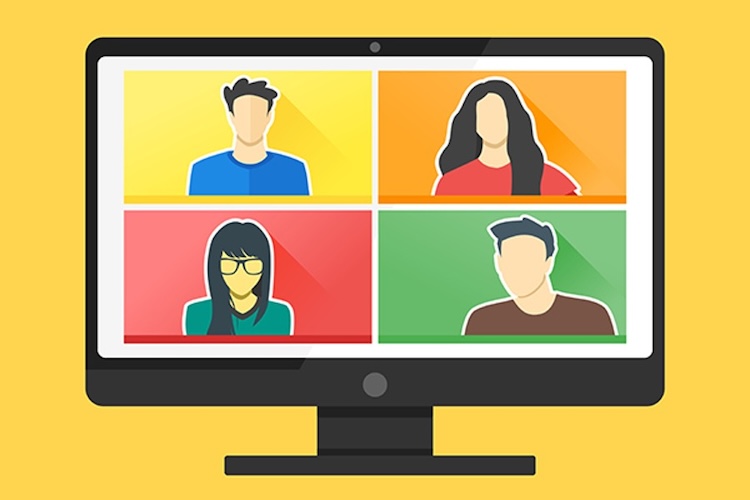By Bisma Qamar*
NEW YORK | 2 September 2024 (IDN)— The United Nations has been relentlessly advocating a significant role for youth in daily lives—and more importantly in implementing some of UN’s socio-economic goals.
But in reality, there are roadblocks.
When you graduate, eager and armed with full of ideas and apply for a role, one response we hear is: , “You’re too young and lack enough experience, come back later”.
But years later, when equipped with that experience and wishing to contribute with your creative ideas, you’re perceived as “You’re too old to adapt to this, we would prefer a younger member”.
Competency has been tied to age, defining how capable we are or not to perform certain responsibilities. How often is our capability perceived based on the age we are at workplace?
What is Ageism: Does it still exist?
Ageism is a type of discrimination that leads to unfair or judgmental behavior towards people based on their age and has been in existence since forever in the society especially at work.
In order to build more diverse and inclusive workplaces; understanding ageism is crucial as it leads to stereotyping, discrimination and exclusion hindering the growth of talented individuals, sometimes even before giving them the chance they deserve.
Robert N. Butler coined this term back in 1969 and overtime has been seen to be impacting individuals at: a personal level, institutional level, interpersonal level which then adversely impacts the overall workplace culture.

The impact of Ageism: Why is it crucial to be addressed?
“Age is just a number” – We’ve all grown up hearing the saying but when it comes to putting it into practice, the reality seems otherwise. With the increased emphasis on DEI (Diversity, Equity, and Inclusivity) by organizations, the need for inclusion of practices to acknowledge and combat age related bias is crucial.
Addressing ageism in a multi-generational workplace is crucial for fostering a more inclusive and collaborative environment. It enhances innovation by bringing diverse perspectives, improves problem-solving through diverse approaches, and allows a broader perspective towards effective solutions.
By combining the experience of older employees with emerging new practices adapted by younger ones it leads to increased employee engagement by valuing contributions from all ages: success. Organizations which are age diverse are generally seen to experience lower employee turnover and higher productivity.
The Impact on Morale and Productivity: How is it connected to Ageism?
Self-belief fosters self-determination, paving the way for growth and achievement. But what happens when you start to doubt whether your efforts will ever be good enough? When someone repeatedly tries to contribute but finds their ideas dismissed solely because of how they are perceived based on their age, it can lead to a significant dip in morale and productivity.
This constant feeling of inadequacy then breeds the belief that success is only possible if one meets society’s often narrow and subjective criteria for competence. As a result, creativity, innovation, and untapped potential are lost in the pursuit of proving one’s worth.
Over time, this not only hinders personal development but also deprives organization of diverse perspectives and innovative solutions that could have made a difference. Ageism, therefore, doesn’t just impact individuals; it impacts collective growth, progress and mental wellness of all around.
How to combat this: Strategies to minimize effects of Ageism.
Changing mindsets is the first step in reducing the impact of such biases, though it’s easier said than done. For decades, societies have ingrained the belief that age is a key factor in determining capability, making this shift one of the most challenging for people to embrace. How can it be done be done?
- Rather than concentrating on how someone can conform to the existing environment, emphasize how their unique perspective and diverse background can add value and enhance overall effectiveness.
- Give attention to phrases and key words that may highlight and address such biases, welcome talent and ideas irrespective of the *numbers* on their profile.
- Refrain from designing programs and opportunities centric to age with the hope of making it more exclusive – resources for upskilling should be made available regardless of the age group benefiting from them.
- Make forums more diverse by simply allowing voices to be heard regardless of their age and background – it’s okay to dismiss certain set protocols if it means adding to such bias perceptions.
- Mentoring and Reverse Mentoring – Leads to recognizing, celebrating and acknowledging the importance of intergenerational collaboration.
Reimagining Inclusivity: Redefining the Norms
Ageism is not just a social dilemma, it is a barrier to equality, innovation, and growth. Passion comes beyond boundaries such as age, and is the driving force that allows individuals to truly achieve their aspirations.
With the hustle culture emerging, the concept of right timing for opportunities has become irrelevant and the need for policies, behaviors and forums being managed to meet these expectations is vital. They are qualities that transcend age and contribute at any stage of life.
Together, we can strive to build a future where age is celebrated as a source of resilience not as a limitation.
*Bisma Qamar is a youth activist in the field of learning and development. As a specialist in communication & branding, she works on bridging the gap between talent and opportunities by upskilling individuals on personal and professional development across corporate organizations and academic institutions. [IDN-InDepthNews]
Photo: Around the world, young people are taking ownership and initiating ideas and innovations to help achieve the 2030 Agenda and accelerate COVID-19 recovery efforts. Credit: United Nations


